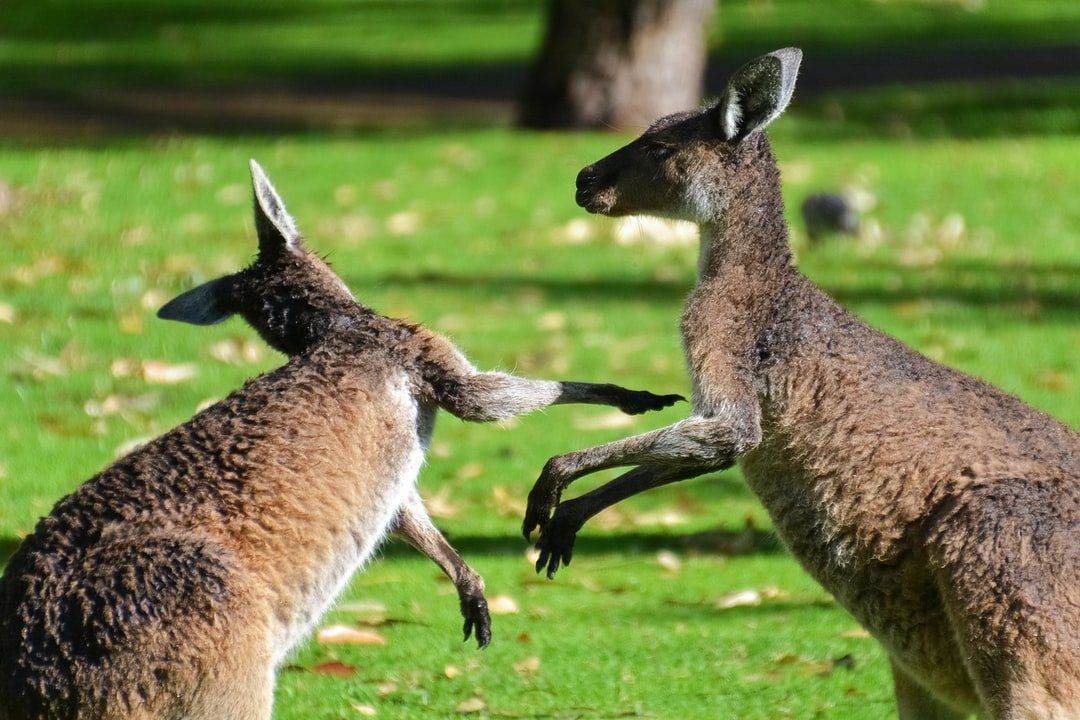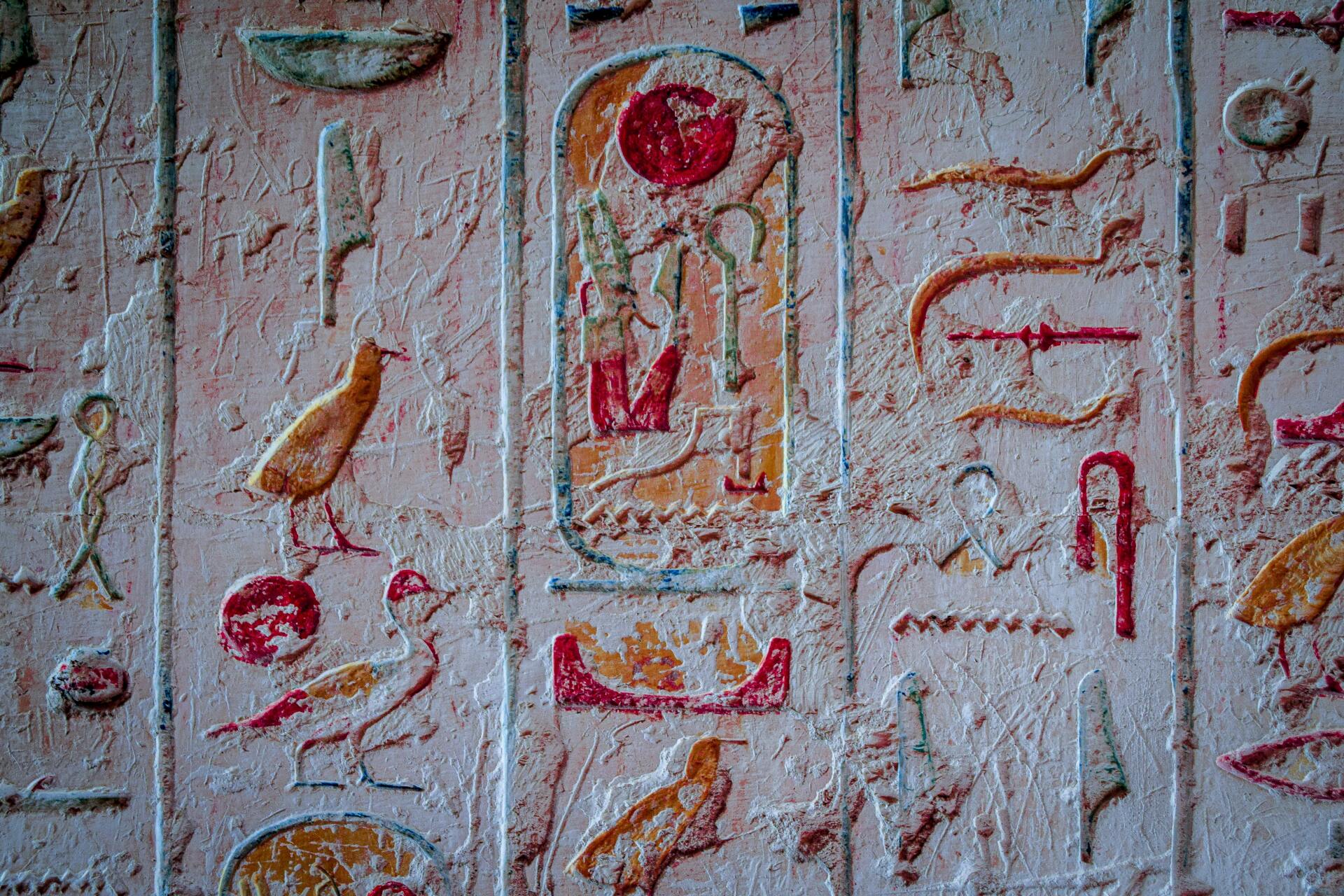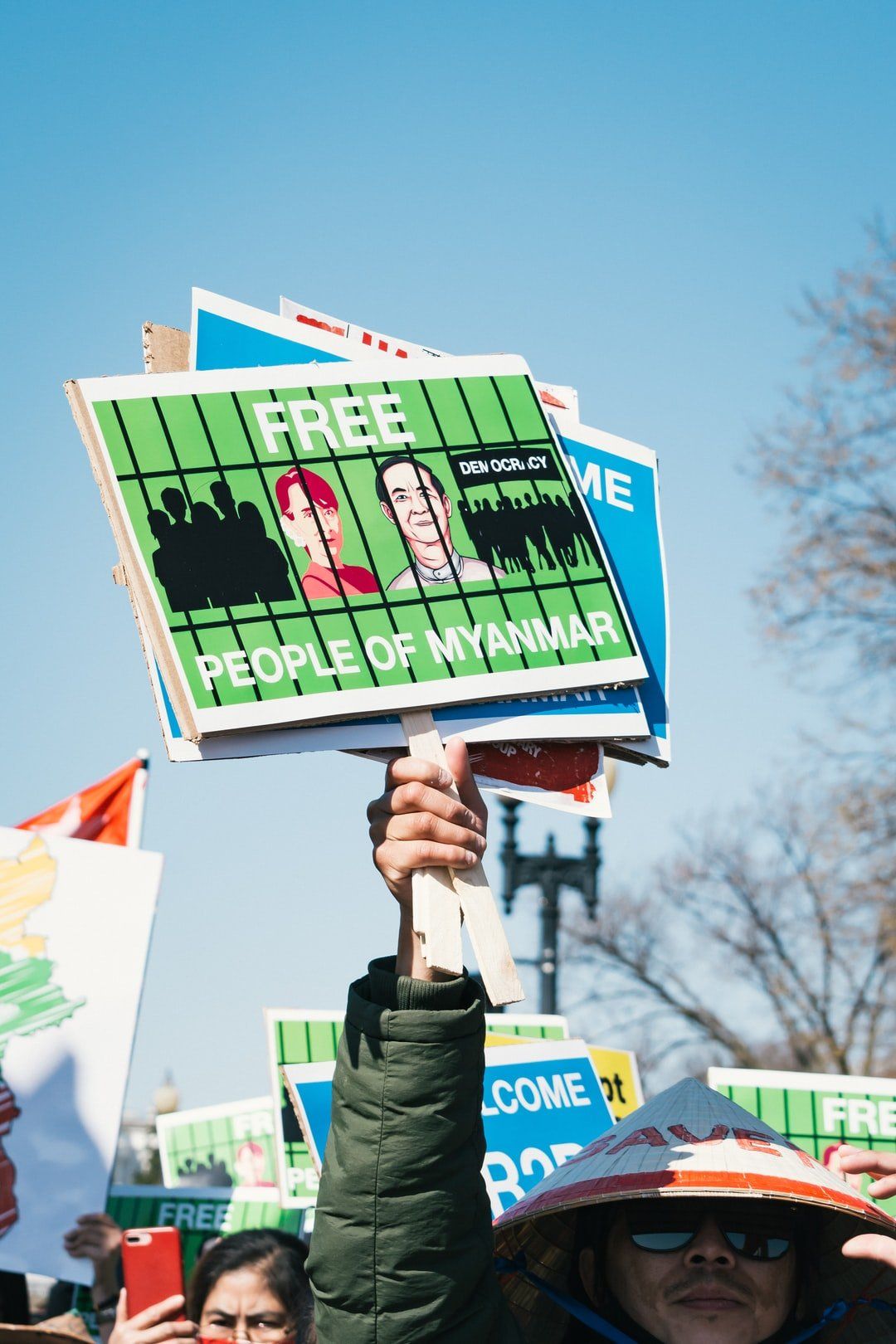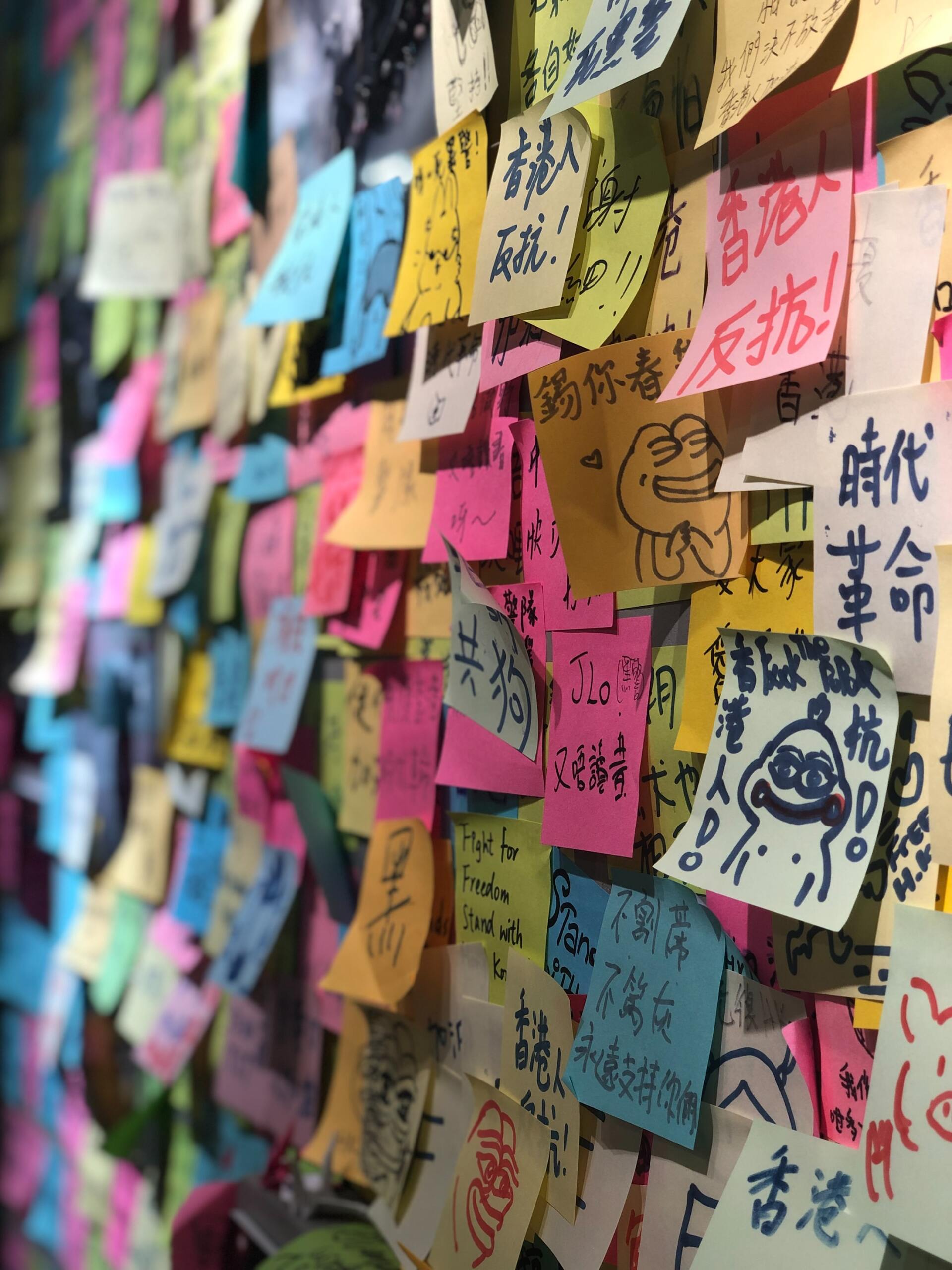SOLIDARITY ONLINE
Social Media and the Battle Against the Second Wave of Covid-19 in India
There has been a massive change from social-media movements just being a form of ‘armchair activism’ to changing the lives of many at the grass-roots level, and is directly responsible for saving the lives of many individuals in this situation. The ability of strangers to rally against the inefficiencies of the Government and come together in times of need provides for a glimmer of hope.
By Raushan Tara Jaswal
April 23, 2021
Abdul Latif
This article tries to highlight the importance and use of social media platforms, specifically Instagram, Twitter, and WhatsApp in India while battling a deathly second wave of Covid-19 infections, which are currently peaking at 300,000+ cases daily. In the era of failing public and private health infrastructure, failing federal governance both at the Centre and at the State levels, conflicting and rampant misinformation, and overall a dystopic situation that is presently prevailing in India, crowdsourcing of resources are proving to be a beacon of hope. While discussing the failing governance and crippling health infrastructure in the current scenario, this article seeks to provide an insight into the power of social media and the immediate benefits that have been realized by Indians presently.
Glimmer of Hope
As of today morning, the author
Tweeted the need for an Oxygen Cylinder for a close friend’s father – and within the hour, through the help of the
‘Twitterverse’, her friend was able to
secure the same. At the time of writing the article, the
Tweet had 200+ Retweets, and dozens of replies, all with up-to-date and promising leads for an Oxygen Cylinder. It is just one of the examples that highlight and showcase the power of social media. While India is battling with
the worst of the Covid-19 Pandemic presently, it is the ‘common man’ that is rising to the occasion and is attempting to save lives.
Situation in India
Currently, India is facing a second wave of Covid-19 cases, much more devastating than the first wave, reaching more than 300,000 cases daily, and more than 2,000 deaths. The actual number is considered to be much higher considering the ground realities in different cities – especially the number of deaths. India also is facing an acute shortage of hospital beds, ventilator beds, oxygen and oxygen cylinders, essential life-saving pharmaceuticals, across the country, and both in private and public healthcare systems, which are adding to the misery of the common man.
Often privilege and monetary resources tend to skew the scales to your benefit, but with the present situation, even the most privileged are suffering from the disease. This includes the leader of the political opposition, and people with utmost privilege including judges, politicians, ministers, celebrities, and businessmen are also suffering from Covid-19 and in some cases, are even losing their lives. With no nationwide lockdown imposed as of writing this article, some states, including the National Capital Territory (NCT) of Delhi, have imposed State-wide or even city-wide lockdowns (within States) to curb the transmission of the disease.
The last ‘wave’ was much lower in numbers, it had already stressed the existing health infrastructure and pushed it to the very brink. With the present wave, with no noticeable improvements in the infrastructure over the past year, the current infrastructure is unable to deal with the influx of cases requiring medical intervention. Even if patients have been able to seek and avail the medical intervention required, they have been faced with an additional burden of lack of resources – including oxygen, steroids, plasma, other essential pharmaceuticals, even within the best of the hospitals.
Super-Spreader Events
Another additional nail in the coffin in the present situation is some of the events that preceded the sharp increase in cases – State elections in 4 States and 1 Union Territory which were preceded by election rallies amassing massive crowds, which have also led to a sharp increase in Covid-19 cases in these States. This coupled with the Hindu festivals and religious gatherings, especially that of the ‘Kumbh Mela’, have contributed to the sharp increase in numbers, doubling in less than 10 days. This situation was also sought to be rectified by a Former Union Law Minister in a letter to the Supreme Court (with the assistance of the author of this Article) to take suo-moto cognizance of such events and issue relevant directions. Since the submission of the aforementioned letter, many of such events have subsequently been scaled down, with many political parties electing not to hold any rallies at all.
Reaction of the Judiciary
Various High Courts across the country have taken stock of the situation – in cases of oxygen shortage to both public and private hospitals as well as the lack of essential pharmaceuticals like Remdesvir, which is still being prescribed in India to treat Covid-19. In extreme situations, these courts have directed the public institutions – at the Centre and the State levels to even ‘beg, borrow, and steal’, if need be to provide oxygen to both private and public hospitals. This situation has also worsened because some States, which are responsible for the production of medical oxygen have been retaining the same for their States. It is a clear example of the failures of the Indian federal structure – where the tussle between the states is leading to mismanagement of resources and the situation, and thereby, a loss of lives. This situation has also been taken stock of by the Supreme Court, on 21st April 2021, in a suo-moto cognizance of the Covid-19 situation – demanding urgent action and plans to be presented for oxygen demand and supply, vaccine distribution, etc.
Social Media to the Rescue
While the situation does seem extremely bleak for the next few weeks, especially in the absence of any cogent response from the top-most official of the country, there is still hope. The hope is peddled on various social media platforms through community support, community building, and crowdsourcing of information and resources of immediate need. The example that is quoted by the author is merely one of the instances where it has resulted in an on-ground change in people’s lives.
Oxygen, hospital beds, ICU beds, ventilator beds, pharmaceuticals, food services, emotional support have been sourced through the powerful medium of social media platforms. The most important of these platforms has turned out to be Twitter, but even the ‘Community Help’ function on Facebook, WhatsApp groups, (especially Facebook Group and their subsequent WhatsApp Groups - ‘Network Capital’) Instagram Stories has been at the forefront of providing resources directly to the affected persons. Personally, the author knows of multiple people getting the required help (disclosure is retained due to privacy of the patients), and often not through the ‘official channels’.
People, not necessarily doctors or government officials are working round the clock – and are developing search engines, to quickly search and access the resources available across the country. Google Spreadsheets and Google Docs are also other mediums through which information on such resources are available and is updated every single minute after verifying the requisite information. It often is demarcated by the resources and is updated daily (often hourly) after verifying which resources/persons have been exhausted and often runs into multiple pages. Existing and new WhatsApp groups have been turned into another resource for collating information on an urgent basis.
While there have been some cases of misinformation and misuse of the situation by extorting exorbitant money or extorting money on false leads, however, overall, the benefits have far outweighed the disadvantages. These disadvantages seem minuscule, especially with the lack of any information from the Centre or the State Governments. These platforms (because of their user base as well) have helped transform and provide a glimmer of hope in light of failing democratic institutions within the country. It is only when the public institutions fail the common man, that one turns to strangers – and in this case, it is the kindness of strangers that has truly come through and restored the author’s faith in humanity.
Conclusion
The situation, while dire, is also a beacon of change and hope through the power of social media platforms. These platforms have had a real-life impact on the lives of many – especially during a pandemic and at a time where there is a severe resource crunch, and a lack of response from public officials and institutions. There has been a massive change from social-media movements just being a form of ‘armchair activism’ to changing the lives of many at the grass-roots level, and is directly responsible for saving the lives of many individuals in this situation. Yes, the reality is that even these movements have not been able to save all lives, they do depict the perseverance of the human spirit and the ability of strangers to rally against the inefficiencies of the Government and come together in times of need to provide a glimmer of hope.
This is a developing story in India. Some of the information might be outdated at the time of publication due to the rapid changes in the situation. It stands updated as on 21st April 2021, at 5 PM IST.
Raushan pursued her LLM at the University of Cambridge as a Commonwealth Shared Cambridge Trust Scholar with a specialisation in International Law. She is currently an Advocate at the Supreme Court of India and a Lecturer at Jindal Global Law School. At our institute, she leads the Digital Human Rights cycle. She has a host of publications in the area of human rights and technology – often how technology impacts civil and political rights and how it can be leveraged to attain human rights.
Read More


Watch Our Episodes





